Persian cats or, as they are often called, Persians are representatives of one of the oldest and most popular breeds of long-haired cats. To find out their exact origin in our time is not possible. Many researchers on this issue believe that the ancestors of these cats actually lived on the territory of ancient Persia.
Persian cats are also called Iranian - from the modern name of this country. In Russia, these animals were imported in the late 80s from European countries by diplomats, here they won the status of a very rare and expensive breed.
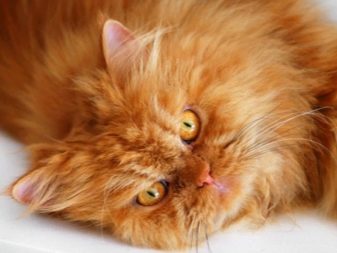
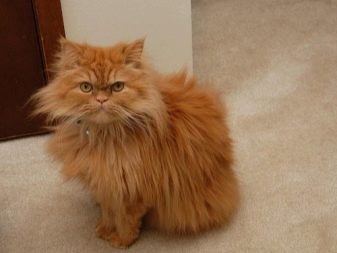
Selection history
According to felinologists, Persian cats are descended from the wild cat Manul and Asian desert representatives of the cat family.
At first, the Persians had only black and blue wool, but as a result of selection, about a hundred of all kinds of colors appeared: white, gray, red, purple, color point and many others.
In the 1970s, America was the country with the largest number of nurseries, but this affected the formation of the breed in a negative way - many animals with breeding flaws were exported to European countries. Only about 20 years ago, European breeders bred a healthy Persian cat and developed appropriate standards for this breed.
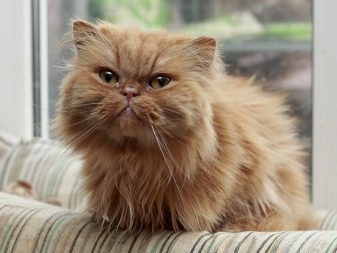

Breed standard
The World Cat Federation (World Cat Federation) has prescribed the following standard appearance of Persian cats.
- Squat, large or medium-sized body with low, steady legs. The chest and shoulders should be wide and muscular.
- Thick wool up to 12 centimeters thin and silky. The neck, shoulders and chest have a collar-shaped wool.
- Not very long fluffy tail is slightly rounded at the end.
- The head is round and massive, of good proportions, with a voluminous skull.
- The forehead should be convex, and the cheeks should be full.
- The Persians have a short and wide, slightly snub nose with strongly open nostrils.
- Strong jaws and chin.
- Small sized ears that are wide set and set low on the skull. They should be rounded at the ends, with beautifully growing tufts of wool.
- The eyes are large, very expressive, with shine, round and spaced far apart. Their color depends on the specific coat color (they are blue, golden and even multi-colored).
- The coat can be of the same color, or consist of two or three shades.
- The weight of animals varies from 3 to 7 kg.

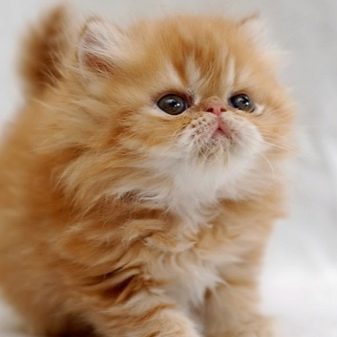
Red Persians
These cats are owners of bright sunny-red hair, very often have beautiful honey eyes.
By nature, red Persian cats are soft, affectionate, attached to the owner, whom they choose among all family members.
But the calm disposition of these animals does not mean at all that they are not capable of strong emotions. The Persians are very upset when they remain alone for a long time, without a master, or if he pays little attention to them. These representatives of the cat family are very smart, smart, they are easy to train.
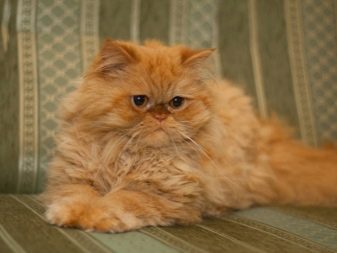

How to care?
If you became the owner of an adult Persian cat, The following recommendations from experienced breeders will help maintain his health and charming appearance.
- Hair and eye care. It is easy to guess that basic care is associated with maintaining a healthy coat of Persian red cats. It must be thoroughly combed daily with special brushes and make sure that it does not fall off. Persians should be bathed more often than cats of other breeds: approximately once every 2 weeks. The weak point of all cats of this breed are also the eyes.
To care for them and to prevent serious diseases, you should purchase a product in the pet store that needs to rinse cat's eyes every morning.
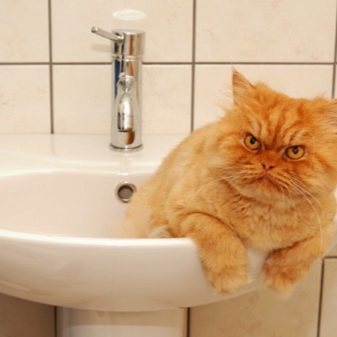
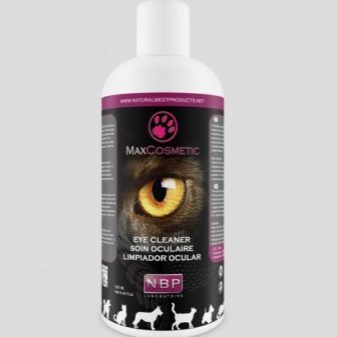
- The right diet. You can feed adult Persian cats 3 times a day with both special feeds of a super-premium class and natural food. The latter must include proteins (meat), offal, sea fish, cereals, cereals, stewed vegetables. You can add a few drops of refined sunflower oil to your food, it improves digestion and the condition of the coat. It is forbidden to give cats sausages, spices, bones, pasta, potatoes. Fish should be offered no more than twice a month, steamed and always remove all bones.
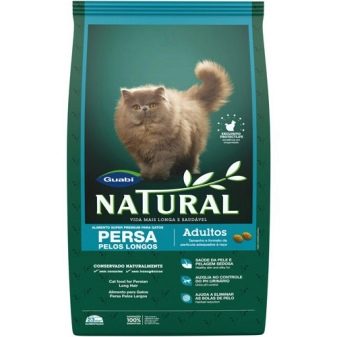
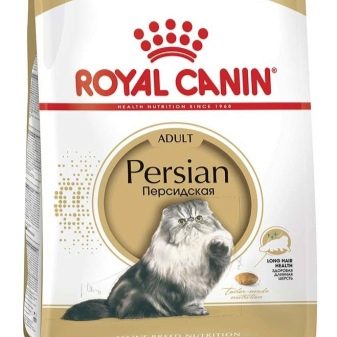
- Typical diseases. Persian cats are prone to diseases such as cardiomyopathy, kidney disease, atrophy of the eye retina, gingivitis, and they may experience breathing problems. In addition, due to the ingestion of long hair during the licking process, wool lumps are formed in their stomachs, for the removal of which special pastes or tablets are used. You should regularly undergo examinations by a veterinarian and do all the necessary vaccinations.

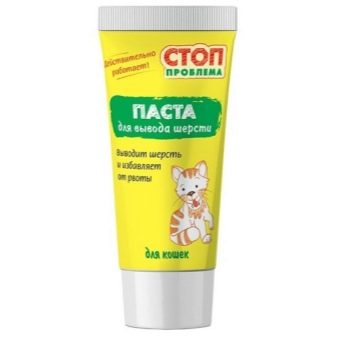
Kittens home content
Persian ginger kittens are very attractive and look like fluffy cubs with huge eyes. In advance, get everything you need for this cute baby: bowls for food, a scratching post, brushes for combing wool, bath products, a tray, a bed, toys. Kittens of this breed are very curious, affectionate and trusting, they always go after the owner. Baby Persians are clean, quickly get used to the tray.
Up to 6 months, kittens must be given warm milk mixed with cottage cheese, a boiled egg, boiled chicken meat, a little raw beef, milk porridge (but infrequently). Dry food is administered no earlier than the kitten turns 3 months old.
Red Persian cats are charming, sociable and completely non-aggressive creatures. They easily find a common language with any member of the family, are friendly to other pets. It is also believed that red Persians attract financial well-being to the house.
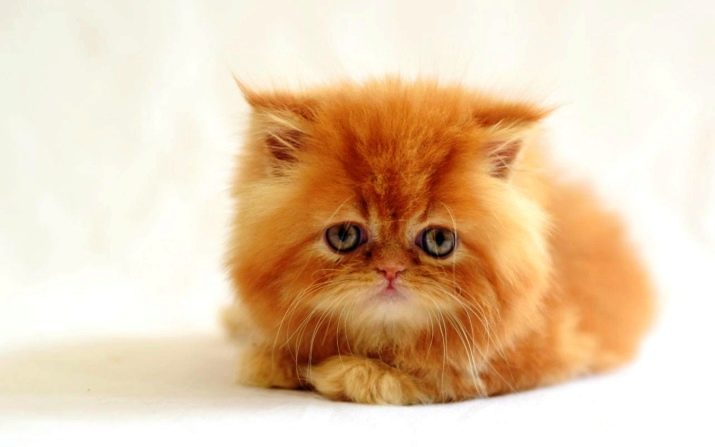
See below for general information on the Persian cat breed.




























